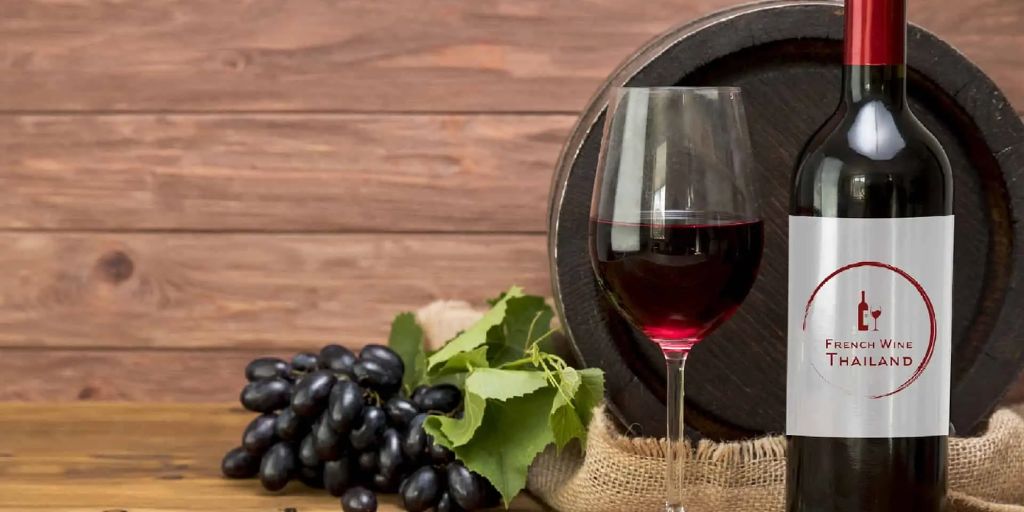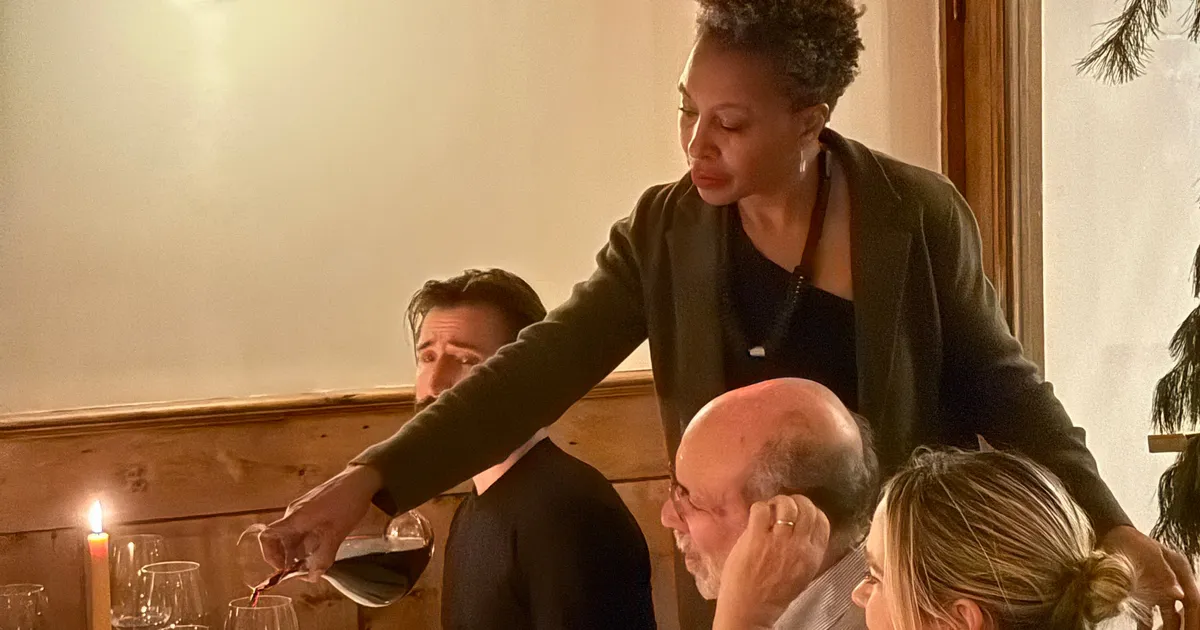Fine wine is no longer just for connoisseurs or collectors. Over the past two decades, it has gained attention as an alternative investment that can offer diversification, stability, and long-term returns.
Investing in fine wine involves purchasing bottles or cases of premium wine with the expectation that they’ll appreciate in value over time due to rarity, age, and demand. If you’re considering venturing into this unique asset class, here’s a comprehensive guide to get you started.
Why Invest in Wine?
1. Stable Returns
Fine wine is historically less volatile than stocks and bonds. According to Liv-ex (the London International Vintners Exchange), certain wine indices have consistently outperformed traditional markets over the long term, especially during economic downturns.
2. Tangible Asset
Unlike stocks or crypto, wine is a physical asset. It offers intrinsic value and utility—at the end of the day, if your investment doesn’t perform, you still have a bottle you can enjoy.
3. Supply and Demand
Fine wine becomes rarer over time as bottles are consumed. Meanwhile, global demand—especially from emerging markets—has steadily increased. This imbalance can significantly drive up prices.
4. Tax Advantages
In some jurisdictions, wine is not considered a taxable asset unless sold commercially. However, tax rules vary, so it’s best to consult with a financial advisor.
How Wine Investment Works
1. Buy Low, Sell High
You purchase a wine that’s highly rated, young, and expected to age well. Over 5–10+ years, as the wine matures and becomes scarcer, its market value rises. At peak drinking age or demand, you sell for a profit.
2. Storage Matters
Wines must be stored professionally in temperature-controlled, humidity-regulated environments—often in bonded warehouses. Poor storage can devalue or ruin your wine.
3. Authentication and Provenance
Every bottle’s authenticity and storage history matters. Investment-grade wines typically come with clear provenance, reducing the risk of fraud and ensuring traceability.
What Makes a Wine Investment-Grade?
Not every bottle of red or white will yield returns. The finest investment wines share several key traits:
-
Prestige: Wines from reputable producers and top-tier regions like Bordeaux, Burgundy, and Tuscany are more likely to appreciate.
-
Vintage: Great vintages are favored for aging and resale potential.
-
Critic Scores: Wines rated 95+ by critics like Robert Parker or Wine Spectator tend to attract investor interest.
-
Aging Potential: Wines that improve over time (e.g., 10–30 years) are more investable.
-
Limited Supply: Scarcity increases value. Limited production and high demand often drive up prices.
-
Liquidity: Some wines have better secondary markets and trading platforms, making them easier to sell.
Best Regions and Wines for Investment
1. Bordeaux (France)
Bordeaux, especially the five First Growth châteaux (Lafite Rothschild, Latour, Margaux, Haut-Brion, Mouton Rothschild), is a cornerstone of wine investment. En Primeur (futures) campaigns allow early access to new vintages before they’re bottled.
2. Burgundy (France)
Domaine de la Romanée-Conti (DRC) is the crown jewel of Burgundy. This region offers low production but incredibly high demand, leading to astronomical resale values.
3. Super Tuscans (Italy)
Wines like Sassicaia, Ornellaia, and Tignanello consistently perform well. Italy’s wine market is gaining recognition for both quality and investment returns.
4. Champagne (France)
Top Champagnes like Dom Pérignon and Krug age beautifully and offer long-term value appreciation, especially in standout vintages.
5. California (USA)
Napa Valley wines, such as Screaming Eagle or Harlan Estate, fetch thousands per bottle and are sought after in global markets.
How to Start Investing in Wine
1. Set a Budget
Fine wine investment isn’t just for millionaires. You can begin with a few thousand dollars, though serious portfolios often start around $10,000–$50,000 for meaningful diversification.
2. Choose a Strategy
-
DIY (Direct Ownership): You buy and store the wines yourself through trusted merchants or auctions. This requires more research and hands-on management.
-
Managed Portfolios: Companies like Vinovest, Cult Wine Investment, and Berry Bros. & Rudd offer turnkey solutions. They handle sourcing, storage, insurance, and resale for a management fee.
-
Wine Funds: Similar to mutual funds, these pool investor capital to buy large quantities of fine wine. You share in the profits but have less control over individual assets.
3. Use Reputable Merchants
Work with well-established wine brokers or merchants. Liv-ex, Sotheby’s, and Christie’s are reliable platforms for buying investment-grade wines.
4. Ensure Proper Storage
Invest in bonded warehouse storage (such as London City Bond or Octavian in the UK). These facilities offer perfect storage conditions, and storing in bond avoids VAT/duty until resale.
5. Track Performance
Wine value indices, like Liv-ex 100 and WineMarket Journal, help monitor performance. Some apps and platforms offer real-time portfolio tracking and alerts for price changes.
Risks to Consider
While fine wine can be a rewarding investment, it comes with risks:
-
Market Fluctuations: Prices can be affected by changing consumer tastes, tariffs, weather conditions, and global economic shifts.
-
Illiquidity: Wine isn’t a highly liquid asset. Selling quickly may require discounts or patience.
-
Fraud and Fakes: Counterfeit bottles can be a real threat, especially with ultra-premium wines.
-
Storage & Insurance Costs: These reduce overall returns and need to be factored in from the start.
-
Lack of Regulation: Unlike traditional investments, wine markets are not heavily regulated, which can add complexity and risk.

Tips for Success
-
Do Your Research: Understand the wine market, vintage quality, and demand trends before buying.
-
Diversify: Don’t put all your funds into one wine or region. Spread across several labels and vintages.
-
Think Long-Term: Wine investment often requires 5–10 years to see real gains.
-
Get Insured: Always insure your wine against theft, damage, or spoilage.
-
Stay Updated: Follow industry publications, wine critics, and market reports.
Final Thoughts
Fine wine offers a unique blend of tangible ownership, cultural richness, and investment potential. While it may not replace traditional financial assets, it can be a valuable and enjoyable component of a diversified portfolio.
With the right strategy, attention to detail, and long-term view, wine investing can not only grow your wealth but also enhance your appreciation for one of the world’s oldest luxuries.


